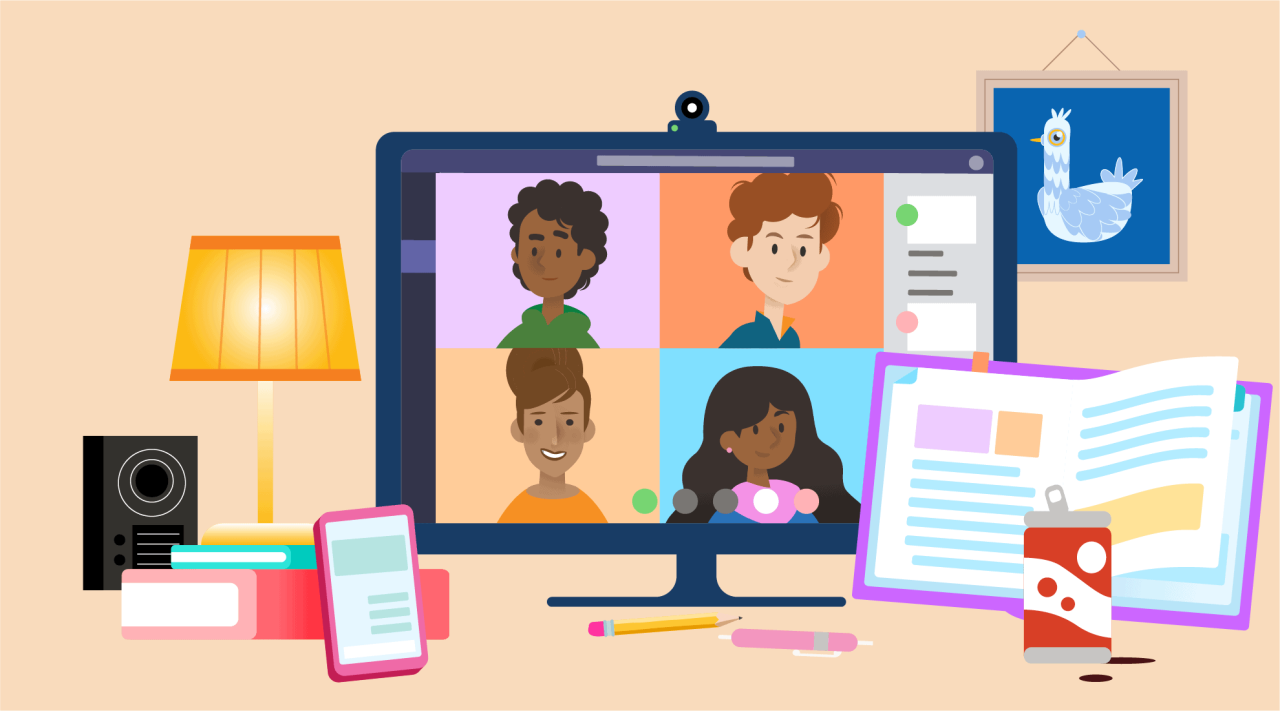Blending the Strengths of Online and Face-to-Face Learning
With the learning landscape constantly shifting in 2025, there has been one model that has been the undeniable winner at balancing innovation, accessibility, and performance: hybrid learning. Also known as blended learning, this model brings the accessibility of distance learning and the engagement of in-class learning together in a system that can serve all types of learners like never before.
Rather than a short-term emergency solution, hybrid learning is now a strategic blueprint that allows students, teachers, and schools to innovate, customize, and thrive.
Discover how hybrid learning is revolutionizing education—and why it won’t slow down.
Flexibility That Fits Modern Lives
In a world where school can’t be balanced with part-time work, mental health, and life needs, hybrid models can be flexible in a manner in which inflexible systems cannot. They can listen to lectures online, have discussions face-to-face, and dictate their own learning pace.
✦ Learning is lifestyle fit, not a locked-down schedule.
Personalized Learning Pathways
AI platforms and learning management systems enable hybrid classrooms to customize the content according to the individual progress, ability, and requirement of individual students. The bright students can move forward further, while others replay as and when they need it.
✦ Nobody gets left behind—and nobody gets left behind either.
Increased Engagement and Accountability
Rather than diminishing interaction, hybrid models will be more participatory with the addition of electronic collaboration tools, live sessions, and project-based learning. The blending of formats renders content interesting and accountability higher.
✦ Variety stimulates interest and structure keeps one’s feet on the ground.

Greater Accessibility and Inclusion
Hybrid education offers choices for students who live far away, students with disabilities, or students needing flexible pace. Learning is more democratic and inclusive because content is online.
✦ You don’t have to be held back by where you live or what your barriers might be about what you are allowed to learn.
Real-World Skill Development
From time management to internet literacy, hybrid students are consistently learning skills they will use once they enter the workforce. They will be forced to learn how to conduct video calls, manage deadlines on the internet, and merge platforms.
✦ Learning mirrors life—and prepares students for it.
Cost-Effectiveness for Institutions
Schools and universities too can gain through reducing infrastructure costs while expanding reach. Hybrid models allow for reaching more students with fewer physical assets.
✦ It’s educationally and economically worth it to us and sustainable.
Final Thoughts: The Future Is Flexible
Hybrid learning is not a stopgap measure between online and offline classrooms—it’s an entire reimagining of what education must be. In 2025 and beyond, it empowers equity, engagement, and innovation at every level.
The question is not whether hybrid learning works—it’s how we can continue to make it better.










